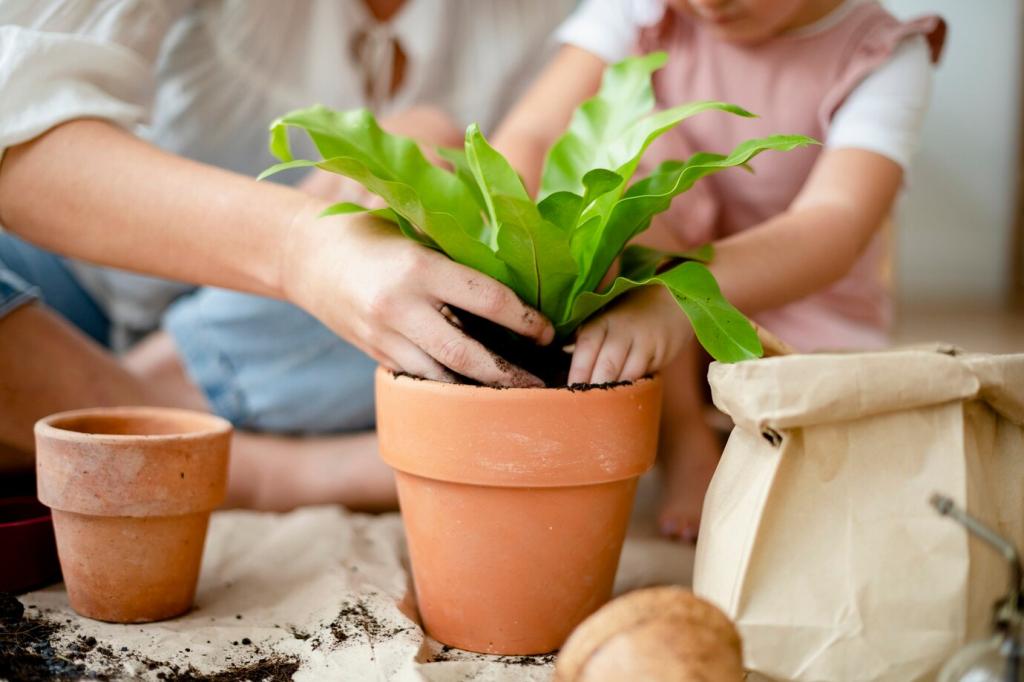
Using Recycled Materials in Landscape Architecture: From Waste to Place
Chosen theme: Using Recycled Materials in Landscape Architecture. Step into a world where offcuts become focal points and yesterday’s waste finds tomorrow’s purpose. Explore practical strategies, inspiring stories, and design details that turn reclaimed resources into resilient, beautiful landscapes. Share your ideas, subscribe for fresh insights, and help us grow a community committed to circular, climate-smart design.
Why Recycled Materials Belong in Every Landscape
Cutting Carbon and Conserving Resources
Recycled aggregates, reclaimed steel, and salvaged timber reduce the need for energy-intensive extraction and processing. By specifying these materials, designers cut embodied carbon, conserve resources, and keep valuable matter in circulation longer.
Aesthetic Patina and Place-Based Stories
Reclaimed brick, weathered metal, and seasoned hardwood carry visual depth that new materials cannot replicate. Each scar and texture anchors a project in memory, giving visitors a tangible sense of continuity and place.
Community Value and Educational Impact
When landscapes openly celebrate reuse, they become living classrooms. Interpretive signage and programming can inspire neighbors to rethink waste streams and support policies that prioritize circular practices over disposal and demolition.
Design Strategies for Recycled Hardscapes
Lay salvaged bricks over an open-graded base with wide, permeable joints to manage stormwater while showcasing classic herringbone or basketweave patterns. Blend tones thoughtfully to maintain cohesion and celebrate material history.

Planting with Reclaimed Elements
Pack gabion baskets with broken brick or concrete from site demolition to create retaining edges that breathe. The porous structure supports drainage, reduces heat buildup, and visually ties new plantings to site history.
Planting with Reclaimed Elements
When tumbled and screened, recycled glass can brighten xeric beds. Keep it away from high-traffic zones, ensure rounded edges, and pair with drought-tolerant species that appreciate reflected light and improved evaporation control.


Finding Treasure in the Demolition Pile
During site prep, we salvaged cracked pavers, two steel lintels, and a stack of weathered pallets. Volunteers sorted, cleaned, and stacked materials, discovering surprises like maker’s stamps and embedded pebbles that sparked design ideas.

Designing Seating with Stories
We laminated pallet slats into curved bench forms, using the branded pieces as accents. Kids loved tracing the letters, and grandparents recalled the old warehouse, turning simple seats into conversation starters about neighborhood change.
Construction and Detailing for Longevity
Expect dimensional variation. Use modular patterns, spacer systems, and adjustable pedestals to accommodate irregularities. Design forgiving edges and thresholds so recycled components seat securely without forcing or excessive trimming.
Construction and Detailing for Longevity
Select corrosion-resistant fasteners and breathable finishes compatible with reclaimed substrates. Protect interfaces where dissimilar metals meet, and design concealed connections that allow disassembly for future repair, reuse, or reconfiguration.


Measuring Impact and Building Support
Track Embodied Carbon and Waste Diversion
Use life cycle assessment tools to estimate embodied carbon reductions and document tonnage diverted from landfill. Clear metrics help clients and communities understand value beyond upfront costs or short-term appearance.
Certifications and Frameworks
Reference SITES and LEED credits that reward reuse, regional sourcing, and material transparency. Align project narratives with these frameworks to structure decision-making and unlock funding, grants, or policy support.
Invite the Public into the Process
Host material sorting days, publish before–after galleries, and ask residents to share photos of reused elements aging gracefully. Comment below with your questions, subscribe for updates, and tell us what you want explored next.
